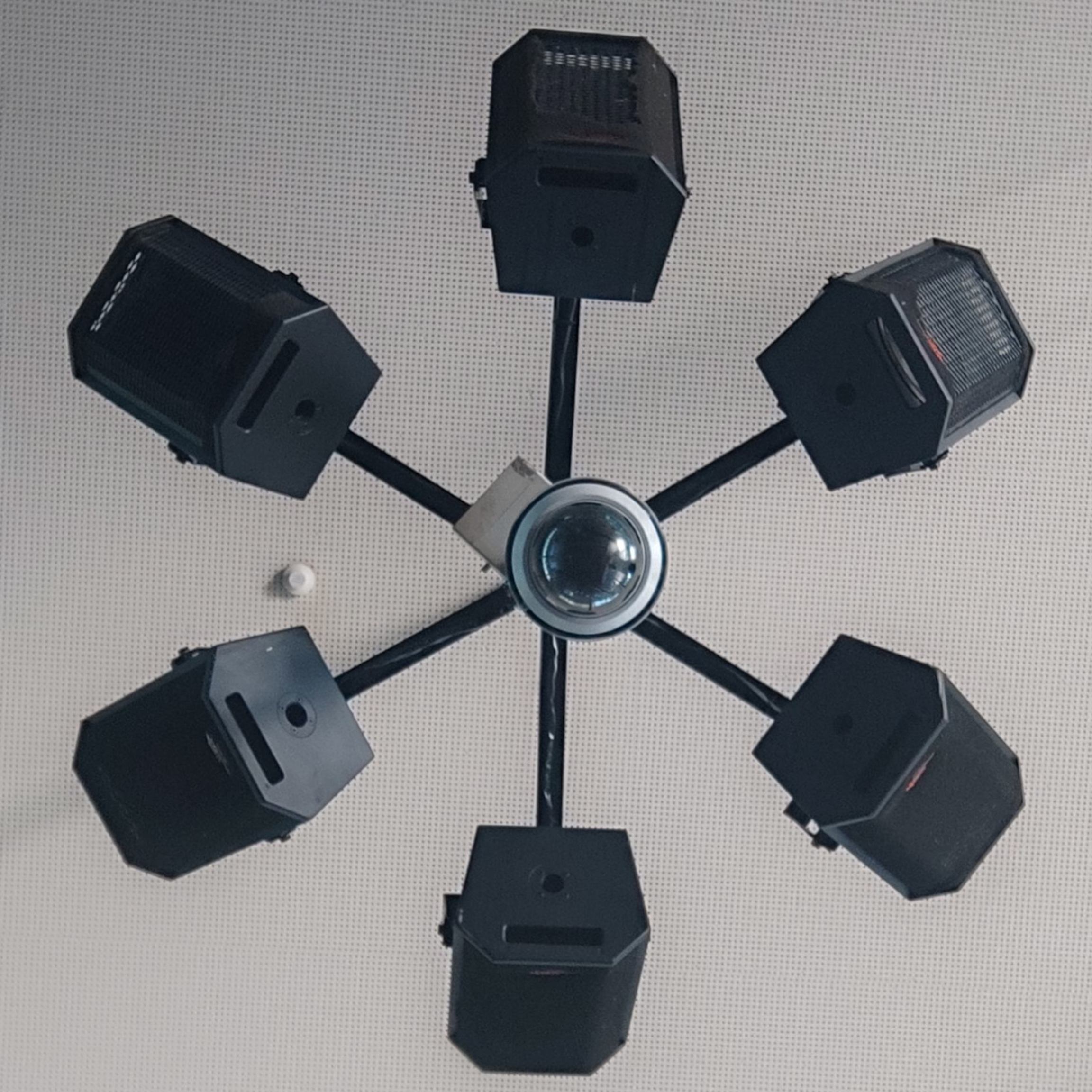Original question by @POTOOOOOOOO@reddthat.com
Zorin is boring. uses ubuntu stable, out of the box distro so you can do anything you want to do right after installation (including installing a windows program with play on linux but also like burning a disk), emulates windows. Add kde if you want to spice it up (distro really needs to change to kde out of box.). If someone is from windows and does not want to learn all that linux stuff they can pretty much go for most things right away and they can use the software store, choose the debian download for anything they find online if its available and if not they can download the windows right click and say install with play on linux. Its the lazy mans linux and im plenty lazy.
Does what I want and gets out of my way.
Hannah Montana Linux
No further arguments needed.
I use Arch, btw, but I don’t consider it the best (yes I do.) I could easily transition to Fedora, for example (I would never do that,) and be completely happy (I would rather continually hit my head with the metal stapler gun on my desk.)
Mint is Ubuntu minus everything that makes Ubuntu annoying. That’s why I like it.
I considered to go back to Debian but… eh, I’m too old and impatient for that. Nowadays I mostly want things that work out of the box.
Do things not work out of the box on debian?
From what I remember*, there was always some rough corner. Such as the wi-fi, or the graphics card. Sure, Stable was rock solid, but you always needed something from Testing; and Testing in general was overall less stable than Ubuntu or Mint.
*This was years ago, so it might be inaccurate as of 2025.
Linux Mint has a Debian Edition (LMDE) if you ever wanted a Debian that Just Works.
It isn’t, it is the least bad
Bazzite just works, it runs every game I have with zero fuss, it’s easy to run Windows programs / emulators / local LLMs, AND it’s basically unbreakable.
I can’t claim it’s the best, but it’s the best for me right now.
On a gaming laptop I’m using Aurora because KDE Plasma btw (:
Bazzite has a KDE version too. I think it is more popular then the GNOME version of bazzite actually. At least according to the results of the latest steam survey
Yep I use KDE-flavored Bazzite and actually forgot GNOME was even offered! It works deliciously. Came over from Windows last winter finally and boy, the UI alone is just so much nicer.
I had avoided KDE for years due to some multi-screen resolution issues back in the day.
I’d be running gnome, and install a half dozen plugins to make it look and feel closer to Windows It was just a personal preference. Every other update some plugin I was using would be broken. I’d replace it with another plug-in or uninstall it and wait for a fix. Fight fight fight fight fight fight. Some number of years later I tried KDE again, and I realized that it did exactly what I was trying to do in Gnome but it did it out of the box.
I don’t have anything against Gnome. The same way I don’t have anything against OS X’s “window manager” or even Windows 11’s “window manager” they’re just not my preference.
Bottom left navigation, thin, stacked app indicators, bottom right tray. Fractional scaling, widgets.
I use Arch since approximately 2006 or so. I like its stability (yes!), performance, rapid updates and technical simplicity. It never stands in my way and it’s fairly simple to understand, administer and modify. It’s probably the most convenient OS I’ve ever used - sure it takes time/effort to set it up but once you’re past that it’s smooth sailing. It also doesn’t change dramatically over the years (it doesn’t need to) so it’s easy to keep up with its development. Plus, I have a custom setup script for it that installs and sets up all of the basics, so if I ever need to reinstall, I’m not starting from zero.
I am eyeing NixOS as “the next step” but didn’t yet experiment with it too much. Arch is just too comfy to use and the advantages that NixOS brings aren’t yet significant enough for me to make any kind of switch to it, but I consider NIxOS (as well as its related technologies like the Nix package manager) to be the most interesting and most advanced things in the Linux world currently.
If you’re reading this as a newbie Linux user: probably don’t use any of the two mentioned above (yet). They’re not considered entry-level stuff, unless you’re interested in learning low-level (as in: highly technical) Linux stuff from the start already. NixOS/Nix in particular is fairly complex and can be a challenge even for veteran Linux admins/users to fully understand and utilize well. Start your journey with more common desktop distros like Mint, Fedora, Kubuntu.
I’ve been using a debian based system for a dozen years. Then I decided to buy a NAS and turn it into a NixOS driven media server.
JFC I thought I knew linux and I was so wrong.
I don’t know that it is objectively the best - but its the best fit for me right now (LMDE).
It’s extremely stable, and countless other distros are derived from this.
I use NixOS, btw (don’t you see that glorious gif?). It’s the only distro that is actually different compared to other distros. It’s not just another package manager, another ubuntu skin, or a different desktop environment. If you learn how to configure it, you can easily redo breaking changes or install an exact copy of your system on a different device. You can configure all you want and you will never ever have to worry.
Also has better flex than Arch users.
cons
- burj khalifa learning curve
- arch documentation * -1 doc quality (dogshit documentation)
- doesnt work outta the box
It’s super cool to be able to copy a single or maybe two configuration files from one box to another, sync thing your home folder and have an exact copy.
It’s super cool to temporarily install things with nix-shell. I have little environments set up where I write python or rust or edit videos and if I’m not in that environment none of those commands even exist.
Updating in vanilla is pretty straightforward. Update your base channel, rebuild. But if you install say home manager as a flake that doesn’t update the same way. And then if you do it as an environmental install it doesn’t update the same way. And then it’s totally possible to do an update get a new version of your web browser, But your auto starts or your PWA’s point to the old version of the web browser. My personal favorite is when I update signal. It upgrades the database. Field binary is no longer capable of running but is still the default for some reason. I have to look up the command expunge it from the store, simply finding it in the store isn’t trivial.
Most distros have gotten easy to the point of being boring. We don’t suffer that fate in Nix.
It works, has the packages I need and they are up-to-date

Because I can hit “next” a couple of time and have a working install
For a long time I considered Gentoo the best, because I know my things around there. A month ago I said goodbye to my last Gentoo installation in favour for Debian trixie (the next stable release). Gentoo was too time consuming despite the binary repo.
If it would be my job to maintain a Gentoo system I would gladly accept, but there should be a need for it by the users. Otherwise I would just recommend Debian stable or Fedora.
My favourite is Debian over Fedora, because I often don’t need the latest versions of a software. And there is flatpak.
NixOS. My entire config is source-controlled and I can easily roll back to a previous boot image if something breaks like cough Nvidia drivers. I also use it for my home router and all self-hosted services.
maniacally laughs while trying to avoid eye contact with 19k lines of nix config
Out of all the ways that I have tried in the past, to reproduce not just the initial state, but also the ongoing changes of a disto (ansible, saltstack, chef, bunch of Shell scripts) — nix is by far the shortest. With all of these technologies I would never have dreamed to do this for a single Maschine. But now it’s not only possible, but actually gasp enjoyable!
Mind you, if that is not the problem you want to solve, maybe install just the nix package manager in addition to your distribution, and learn to enjoy it without having to run your whole distribution this way.
You misunderstand! It has also turned into basically a hobby (and recently, a job, lol) to manage nix configs.
Those 19k lines are clean, well-structured and DRY, and do describe every little thing about ca. 30 machines.












